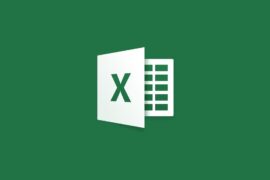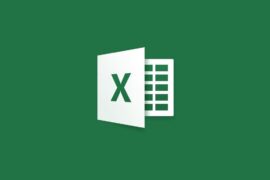A very common question among Access users has to do with the possibility of using those same files from other programs, for example Microsoft’s Excel. Well, if you find yourself in this situation, and you want to find out how to import data from MS Access to ExcelIn this article we show you the steps to follow, with an example to make it easier for you. From then on, you will only have to apply that knowledge.
Fortunately, the first thing to keep in mind is that this task is perfectly achievable, insofar as Excel can “read” documents created in MS Access and thus allow us to edit them.
Therefore, those who are interested in the possibility of exporting that MS Access data to an Excel spreadsheet should know that this is a workable tutorial, perfect for office and productivity environments.
If you are part of a group of people or work that usually deals with large amounts of information, even storing part of it on servers or databases, this export could be of great help to you.
Why export from Access to Excel?
Sometimes, the amount of information stored in a database is too extensive, and it is therefore advisable to send part of it, instead of its entirety, to be able to analyze or modify it, for example in Excel.
This is the best way to prevent problems such as network connectivity failures from arising or interruptions of the complete export, and the consequent losses of information, that prevent the achievement of the proposed objective.
Thus, if you are used to MS Access databases, little by little you will also have to get used to exporting them to Excel, since it is the way in which these data are saved, before joining or combining them.

Import MS Access files into Excel step by step
Well, in the next step by step, you will be able to import MS Access files through the simplest method that exists. To tell the truth, a little Excel is prepared for it, so it should not bring us difficulties.
- Open Excel and open a new spreadsheet
- Go to the Data tab, and the Access button
- A dialog window will appear
- Find the MS Access database in question and click Open
- You will be asked if you are sure to do so, there click on Accept
In a few seconds -although the final duration of the process will depend on the weight of the MS Access database- you should have your contents in an Excel document, to work on them however you want.
As you can see, it is a fairly simple tutorial, which does not require much knowledge or experience.




